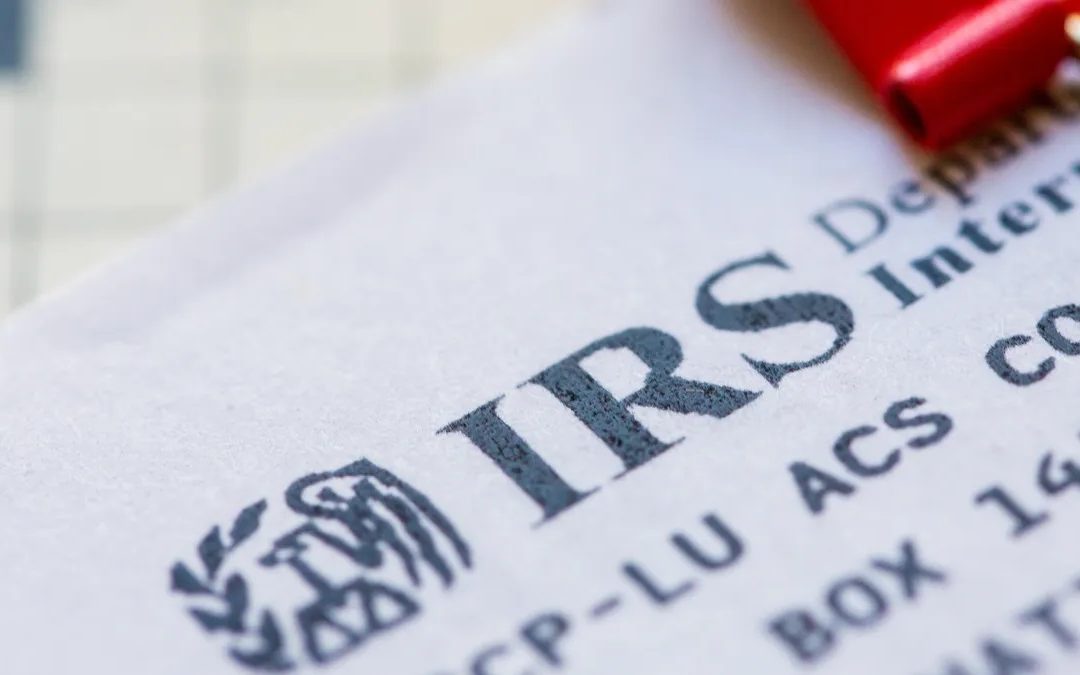💥 This week, the Internal Revenue Service (IRS) unveiled new inflation-adjusted income tax brackets and standard deduction amounts that will be in effect for the 2024 tax year. These numbers will be relevant to the tax return most Americans will file in early 2025.
The IRS makes inflation adjustments annually to tax brackets, the standard deduction and certain other tax breaks. The changes are designed to protect taxpayers from the effects of inflation, but the net effect of the changes will not significantly alter an individual’s tax burden.
The inflation adjustment does not put extra money in people’s pockets, it just prevents them from having to pay higher taxes if their inflation-adjusted income, or real income, increases 7%.
Higher standard deduction
🔹 For individuals and married couples filing separately, the new federal standard deduction will increase next year to $14,600, up from $13,850 this year.
🔹 For married couples filing jointly, the standard deduction will increase to $29,200, up from $27,700 now. And for individuals filing as head of household, the standard deduction will be $21,900, up from the current $20,800.
Most filers claim the standard deduction, while others will itemize their deductions because, in the aggregate, they add up to more than the standard deduction. For example, if you are a single filer and your mortgage interest, charitable contributions and allowable portion of your state and local income taxes total more than $14,600 in 2024, you will likely itemize your deductions to save more on your taxes.
New income tax brackets
The U.S. Federal Income Tax Code currently has seven tax rates: 10%, 12%, 22%, 24%, 24%, 32%, 35% and 37%. Each of these rates applies to a range of taxable income, also known as a tax bracket.
📌 For tax year 2024, each of the seven rates will apply to the following new income tax brackets:
- 10%: Income up to $11,600 ($23,200 for married couples filing jointly);
- 12%: Income over $11,600 ($23,200 for couples filing jointly);
- 22%: Income over $47,150 ($94,300 for joint filers);
- 24%: Income over $100,525 ($201,050 for joint filers);
- 32%: Income over $191,950 ($383,900 for joint filers);
- 35%: Income over $243,725 ($487,450 for joint filers);
- 37%: Income over $609,350 ($731,200 for joint filers).
If, for example, you are single and earn $100,000 a year, but your taxable income is $75,000. The first $11,600 will be taxed at 10%. Your taxable income between $11,600 and $47,150 will be taxed at 12%. And your taxable income between $47,150 and $75,000 will be taxed at 22%.
FSA and 401(k) Changes
🔎 If your employer gives you the option to contribute to a Flexible Spending Account (FSA), which allows you to save tax-deductible income to cover your out-of-pocket medical expenses in a given tax year, the IRS will allow FSA participants to save up to $3,200 in 2024, up from $3,050 this year.
In addition, the IRS announced last week that you will be allowed to save more in your 401(k) and tax-advantaged IRA as well.
For more information on these and other tax changes for 2024, visit IRS Tax Adjustments by clicking here.
✅ Asking for professional accounting help is always an option. An accounting expert from Wave Tax can help you keep finances in order.
📅 Schedule an appointment with us at at info@wavetax.us

